
Now is an excellent time to consider Shanghai or Beijing for your next business meeting, event or incentive. These two cities offer world-class hotels, spacious meeting/dining facilities and fantastic leisure pursuits at a fraction of the price found in other international destinations.
Take the Peninsula Shanghai for example. On a price per square foot basis, this award-winning hotel comes in at just under a fifth of the cost of the Peninsula Paris. The Shanghai property was named World's Best Business Hotel in 2013 by Travel + Leisure and it has the largest deluxe rooms within the Peninsula brand. Similarly, the Four Seasons hotel in Beijing offers more spacious rooms than their London Park Lane property at about a fourth of the price. Downstairs at the Four Seasons Beijing, the team of Michelin-starred chefs at the award winning Cai Yi Xuan restaurant can present an extraordinary meal for considerably less than one at the Four Seasons Washington, DC.
 Leisure pursuits in China now rival that found in other international cities. Jack Nicklaus has designed golf courses in both Beijing and Shanghai. His Shanghai Lake Malaren Club will be hosting the BMW Shanghai Masters this November. His Pine Valley Golf and Country Club in Beijing is the first invitation-only golf club in China, featuring both a world-class course and private club space. The Tomson Shanghai Pudong Golf Club, which has hosted a number of PGA tournaments over the years, played host to the Volvo China Open this past April.
Leisure pursuits in China now rival that found in other international cities. Jack Nicklaus has designed golf courses in both Beijing and Shanghai. His Shanghai Lake Malaren Club will be hosting the BMW Shanghai Masters this November. His Pine Valley Golf and Country Club in Beijing is the first invitation-only golf club in China, featuring both a world-class course and private club space. The Tomson Shanghai Pudong Golf Club, which has hosted a number of PGA tournaments over the years, played host to the Volvo China Open this past April.
For those seeking pampering, China is no less a draw. Angsana Spa Shanghai, founded by Banyan Tree Spa, has won a coveted Travel + Leisure award for Best Newly Opened Spa. In Beijing, you might consider SPA by MTM. Kocoon Spa, with two locations in Beijing, is recommended by both the Luis Vuitton City Guide and VOGUE; so expect it to win some accolades in the near future. For an alternative take on wellness, those seeking to balance mind and body should look no further than a private session with a Tai Chi master.
Art lovers should not miss Shanghai’s Long Museum and Yuz Museum, both with extensive collections of contemporary Chinese art. In Beijing, the Red Gate gallery was Beijing’s first private contemporary art gallery and is located in a watchtower of the historic Ming dynasty city wall. The largest concentration of galleries exhibiting Chinese contemporary art is still found at the 798 Art District and the Caochangdi factory area where Ai Wei Wei’s studio is located. Expect chic cultural events this fall, such as Literary Festivals in Beijing and Shanghai, Beijing Design Week, and BolognaFiere Shanghai Contemporary Art Show. As China’s contemporary art scene continues to be red hot, there has never been a better time to head east and pick up a piece (or five) for your office collection.
Whether you are looking to relax, be active, or enjoy shopping or culture, China will pleasantly surprise you in terms of both its array of offerings as well as its unbeatable value. Book your meeting, event or incentive with Imperial Tours soon, because this excellent value that China offers today won’t last forever.
For more on upcoming events in China:
http://imperialtours.net/blog/contemporary-art-events-china
http://imperialtours.net/blog/literary-events
http://imperialtours.net/blog/2015-atp-tennis-events-china
http://imperialtours.net/blog/formula-1-chinese-grand-prix
http://imperialtours.net/blog/origins-golf-china
Beating drums urge the rowers on as a multi-colored crowd cheers from the shore. The oarsmen stare straight ahead, sitting within boats with glowing eyes, willing themselves to win and therefore bring luck and good fortune to the cities they represent. Zongzi, or pyramid shaped sticky rice dumplings, are tossed into the water as the Dragon Boats fly to the finish line continuing an almost 2,000 year old tradition.
June 20 marks this year’s annual Dragon Boat Festival, also known as the Double Fifth Festival and the Duanwu Festival. The festival is always held on the fifth day of the fifth month on the lunar calendar and through its many different practices, symbolizes protection from evil and disease for the rest of the year.
Although the origins of the Dragon Boat Festival are unclear, two theories are most often told. The first and most widely believed is the story of famous Chinese poet Qu Yuan, who after opposing a government alliance decided it would be better to commit suicide by drowning in the river than live under a new Qin state. The locals raced out in their boats to save him and threw zongzi and realgar wine into the river to distract the fish from eating his body but unfortunately never found him. The second theory is that the festival originated from the ancient worship of dragons.
In addition to boat races, healthy herbs like mugwort and calamus are hung around homes along with pictures of Zhong Kui, a mythical guardian, to protect homes from bugs and evil spirits. Realgar wine and assorted zongzi are enjoyed in any town celebrating the festival and children are often equipped with satchels full of aromatic herbs and a bracelet or necklace made of multicolored silk threads. Another popular game during the festival is standing an egg on its end at exactly 12 noon; if one manages to do this, the next year will be especially lucky. All of these traditions are meant to ward off evil and disease and act as a sort of spring-cleaning for the coming of summer.
Keep rhythm with the dragons and experience the beat behind Chinese culture this summer by attending one of the many Dragon Boat Festivals held in China, such as the ones in Hangzhou or Hong Kong.

What’s the latest craze in China? Apparently marathons. In 2010 the Chinese Athletic Association held a total of 12 official running events; in 2014 there were 53, with marathons representing the majority, according to an article written by South China Morning Post. While China is often characterized as pushing economic and industrial boundaries, a recent surge in athletics proves there’s more than just machines grinding.
Many Chinese cities are now hosting running races as a way to showcase their landmarks and increase revenue, resulting in a multitude of races, each offering a different viewpoint on China. And what better way to experience a new land than by walking (or running) it in your own shoes.
Some of the most exotic marathons held in 2015 include The Great Wall Marathon, held on May 16, where runners take in panoramic views as they traverse the Great Wall of China and its surrounding villages. Be warned of the challenging 5,164 steps included in the 26.2-mile race.
The Beijing Marathon, recognized as an IAAF Gold Label Road Race, will take place on Oct. 18 and will introduce runners to sights such as Tiananmen Square, the Forbidden City, and the Olympic Village. Despite smog last year there were still 30,000+ runners, and just as many are expected this year.
On Nov. 1, the Shanghai International Marathon, also labeled an IAAF Gold Label Road Race, as well as the Hangzhou International Marathon kick off. Both marathons take runners right through the heart of their cities and offer sights such as West Lake, the Bund, Nanjing Road, and Jing-an Temple.
This year start training early, keep that New Year’s resolution, and prepare for a unique adventure by racing in a Chinese marathon. We’ll help you get there to see China in style; we’ll even book you a foot massage afterwards. You just bring your shoes and stay hydrated.
Stone door houses, or shikumen, line long and narrow alleyways as if trying to contain some secret. Locals hang their laundry out of windows above the various cafes, art studios, and craft stores held inside the shikumen, as mesmerized shoppers shuffle between shops. The aromas of Indian food, Moroccan food, and Chinese food all fuse with the bohemian atmosphere that permeates this little slice of city life.
This place is Taikang Lu. Originally providing inexpensive space for art galleries and media companies, it has grown into a shopping area with more than 200 stores all housed in the historic alleyways of Shanghai. Although known for its vitality, this labyrinth of shops can easily become overwhelming. Let Imperial Tours' China Hosts ease your experience with their in-depth knowledge of China and our personal connections to the best designers, artists, and crafts people. We never take commissions in exchange for your purchases, so what we recommend is tailored to exactly what you want.
Below are some of the places to shop in Taikang Lu, but having a China Host on hand will ensure you get the most of your shopping experience by visiting the best boutiques based on your preferences.
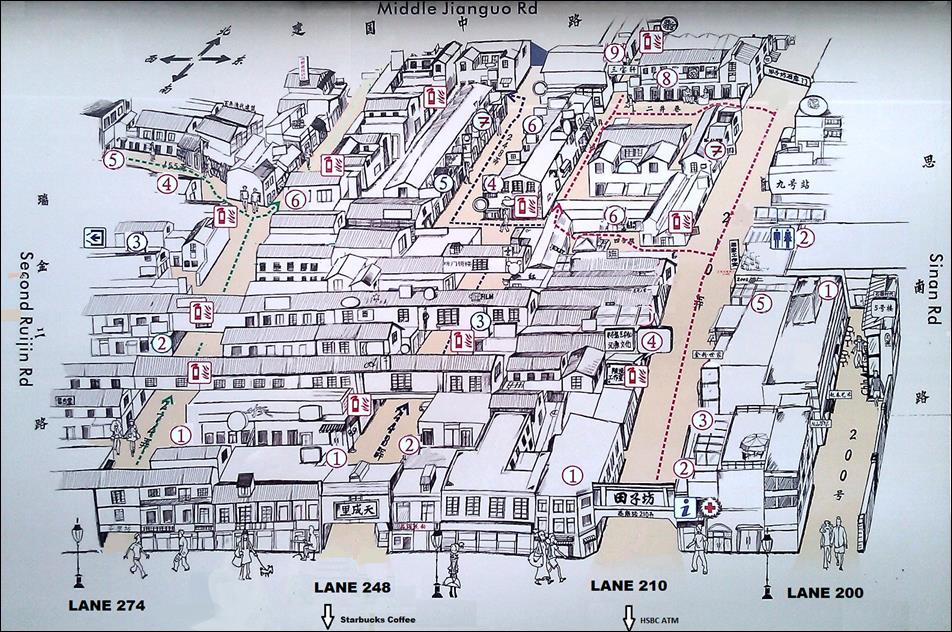
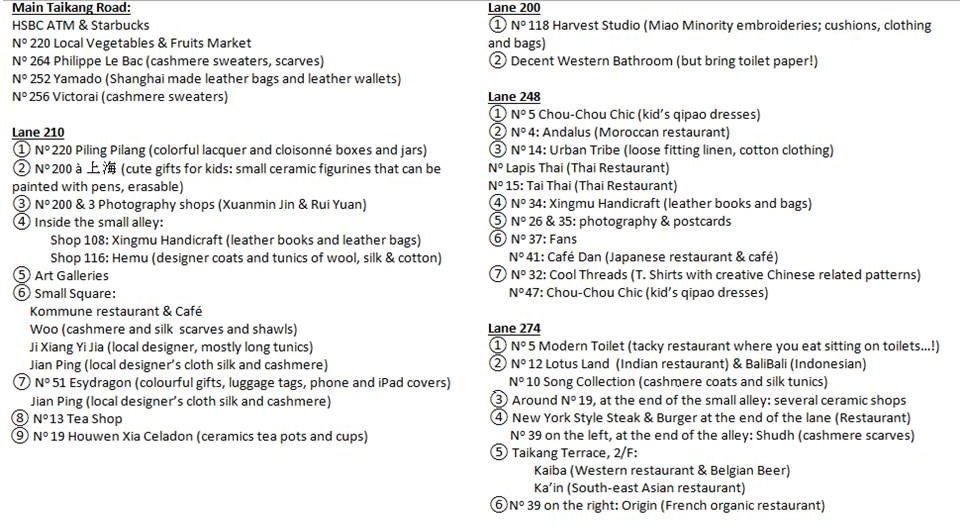
When shopping in foreign lands it's all too easy to fall into overly expensive tourist traps. China is no exception. Let our China Host be your personal shopper, expertly navigating you to the best of Chinese shopping in Tianzifang and beyond with inside knowledge, finesse, and – when necessary – bargaining guidance.

In recent years, tennis has emerged as one of the most prolific sports in China, on both a professional and amateur level.
This can be credited to the 2008 Beijing Olympics, the relatively new emergence of high ranked players throughout Asia, and China's investments in the grassroots of tennis.
Only within the past 10 years have Chinese tennis players rose to prominence. The success of tennis stars like now-retired Li Na, ranked second in the 2014 WTA, Xu Shilin, and Zhang Ze spur the growth of tennis in China. But China's love and pride in tennis extends past professional players by offering non-profit training programs, like "Swing For The Stars" for children.
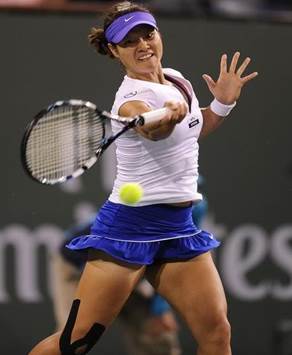
Internationally, China is becoming more involved in the tennis community by hosting three Association of Tennis Professionals (ATP) World Tour tournaments. This year these tournaments, each of different ranking, will take place in Fall during the three-week Asian Swing that begins Sept 28 with the Shenzhen Open. As the first and only ATP 250 series event in China, the Shenzhen Open boasts 44 matches on 30 outdoor courts at the Shenzhen Longgang Sports Center.
The Swing then continues on with the China Open, an ATP 500 event, opening on Oct. 5 at the Olympic Green Tennis Centre in Beijing. Since 2013 this event has included the Women's Tennis Association's China Open as well.
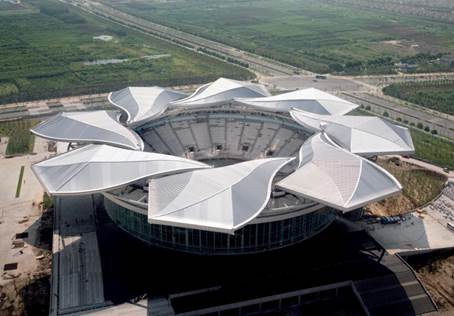
The tour then wraps up with the Shanghai Rolex Masters, taking place Oct. 10-18 at the spectacular lotus shaped Qi Zhong Stadium. This is the eighth out of nine ATP World Tour Masters 1000 events and is the only one of its kind to be played in Asia.
With tennis in its golden years, there's no better time to visit China and experience the growth and passion of this spectacular sport. And of course Imperial Tours is able to obtain VIP access to these events, so contact us and let's get swinging.
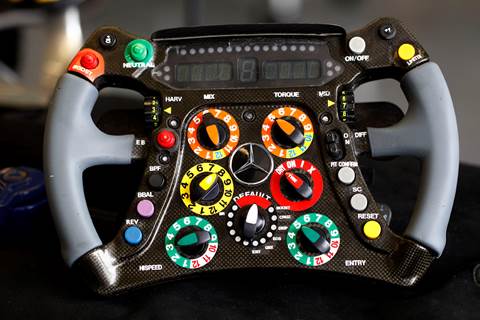
Earplugs may be needed during China's Formula One World Championship races held this year at the $250 million Shanghai International Circuit from April 10 to April 12. This unique track features world class viewing areas and grandstands all around the course, getting spectators closer to the long straights, sweeping curves and tight and technical turns that characterize this circuit.
Before the current track, China's Grand Prix was held in a paddy field and viewing was minimal. But in late 2004, the impressive and innovative Shanghai International Circuit was introduced, making China's Formula One races just as exciting for spectators as it is for the drivers.
While there, the course offers various seating options including a grass area, the grandstand, and private suites that offer buffets, LED TV's for replays and VIP parking. For the ultimate experience at this track, join the F1 Paddock Club, privately located above the pits, where amenities such as VIP access to the circuit and pit lanes, private rooms, an open bar, a four course gourmet meal, VIP parking, and interviews with drivers and celebrities are offered.
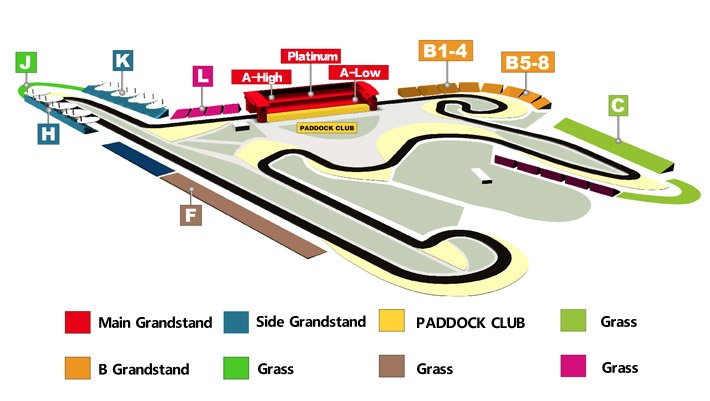
What was the inspiration for the design of the race track? This track echoes the shape of the character "上" or "Shang", as in Shanghai.
Although the races may be the highlight of this Formula One event, Shanghai has so much to offer outside of sporting events. While not watching races, explore Shanghai's innovative restaurants and shops, colonial architecture and subsequent culture, and of course the famous nightlife. After a long day at the track, wind down with an exclusive private dinner catered by Jean Georges in a former bell tower overlooking the Bund and the Pudong skyline.
As one of the leading cities in the world, greatly influencing finance, commerce, fashion, and culture, there is no better location for this year's China Grand Prix.
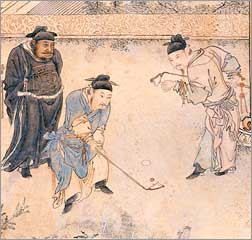
China has an extensive and snaking history with golf where the sport is not only considered luxury, but also taboo.
Recorded as early as 1000AD, Chuiwan was an ancient Chinese game reminiscent of modern golf. Played with clubs, balls, and strict etiquette, the objective was to drive the balls into various hand-dug pits. Although there is no concise origin of golf, many believe this game traveled along the silk road with much influence.
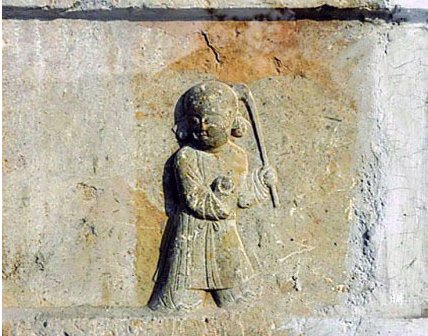
Moving forward from this simplistic game, Mao Zedong banned golf in 1949, condemning it as too bourgeois for a country seeking fairness.
Golf remained banned in China until the mid-1980s but the idea of golf being an amenity of the affluent still exists today, hence many Chinese golf courses double as resorts with lavish villas. Despite this context, golf has become increasingly popular, especially in the modern era and regardless of the government's restrictions.
In 2004 the Chinese Government made a law that banned the building of new golf courses in order to protect farmers' land and to limit environmental impact. In 2004 there were about 170 golf courses throughout all of China. By the end of 2013 there were over 600 golf courses.
With national golf champions like 12-year old Ye Wocheng, golf is clearly becoming more popular with the younger generations in China. The plethora of golf courses and high-level competitions prove golf's success in China in model Chinese fashion.

March 30-April 5 boasts the Buick Open in Haikou, the official beginning of the 2015 PGA TOUR China Series. This year the series includes 13 tournaments, one more than previous years, and concludes in November in Shenzhen with the CTS Tycoon Championship Nov 23-29.
On April 23-26 Shanghai will host the Volvo China Open, a men's golf event held annually since 1995 with a champion's prize of $540,000.
On Sept 18-20 Tianjin will host the Pacific Links China Championship as part of PGA's Champions Tour.
And Shanghai will host the much anticipated fourth event in the World Golf Championships on Nov. 5-8, the WGC-HSBC Champions tournament as well as BMW Masters on Nov. 12-15.
China is quickly becoming a leader in the international golf community. Plan your visit to China now and experience exclusive access to the top-notch golf events, culture, and luxury that only Imperial Tours can offer.
When considering the riddled history of China, many don't often realize the traditional emphasis placed on art. Some ancient Chinese pottery can be dated back to the Neolithic era, and beautiful calligraphy, paintings and jade works commissioned by Emperors from the first centuries can be seen pristinely preserved in many museums around the world.
Although recent headlines about China tend to me more economic, don't be fooled, China is quickly becoming an innovative beacon for the modern art world.
2015 alone boasts The Hong Kong Art Basel, Art Beijing, Shanghai Design Week, and the Hong Kong Arts Festival, all internationally acknowledged creative or performing art shows that feature a myriad of international works across various platforms.
Kicking off in February and ending March 29, the 42nd Hong Kong Arts Festival features over 130 performances and 250 events. Throughout six weeks, festivalgoers can experience performances ranging from classical music to contemporary dance, poetry, opera and flamenco dancing. This festival is the pinnacle of music, dance and theatre culture in Hong Kong.

Photo courtesy of NY Times 2012
Also in Hong Kong during the month of March is the third annual Hong Kong Art Basel, part of the international Art Basel series. Taking place March 15-17 this festival showcases the dynamics between East and West while providing a phenomenal platform for the emerging and established art world in Asia. Featured works include paintings, sculptures, installations, photographs, video and editioned works from across 12 decades of art focused on six areas: Galleries, Insights, Discoveries, Encounters, Magazines and Film.
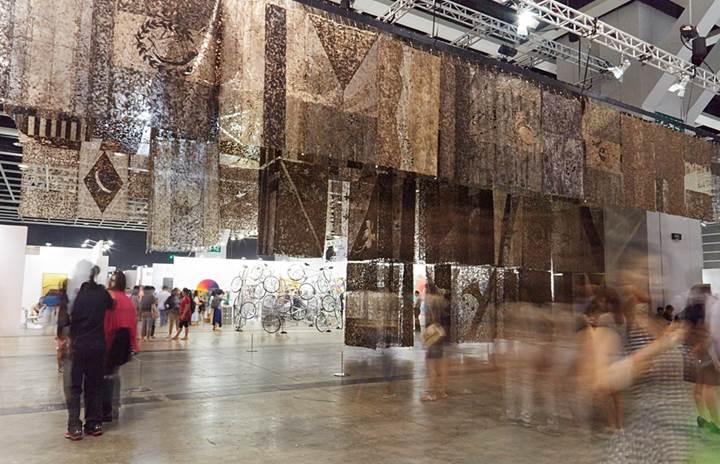
Photo courtesy of ART BASEL 2014
March 27-30 Shanghai will be hosting Shanghai Design Week Spring Series with an emphasis on interior design called Design Shanghai 2015. After being awarded UNESCO's City of Design award in 2010 and seeing an 11 percent growth in China's design industry in 2013, Shanghai has been relentlessly working to truly become a "City of Design" ever since. It does this by incorporating artistic design into almost every aspect of the city and this festival is an example of one of their efforts to bring design and society together. This event showcases 300 exhibitors both classic and contemporary, ranging in everything from unique furniture to ornate sculptures to distinct architecture.
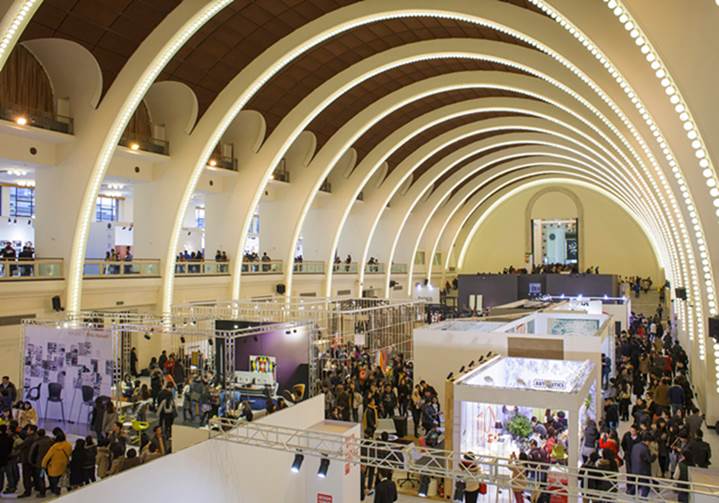
Photo courtesy of Design Shanghai 2014
The last but not least of the spring art season in China centers on the 10th annual Art Beijing festival, May 1-3, where patrons can admire and/or purchase oil paintings, prints, sketches, sculptures, installations, Chinese traditional paintings and calligraphy, contemporary ink paintings, furniture and jewelry among others. A major motivation of this festival is public art education. Last year Art Beijing featured ART ZONE, a series of art installations scattered throughout Beijing accompanied by 14 public welfare education forums. This event seeks to effectively engage the public with art and cultivate a deeper sense of public participation.
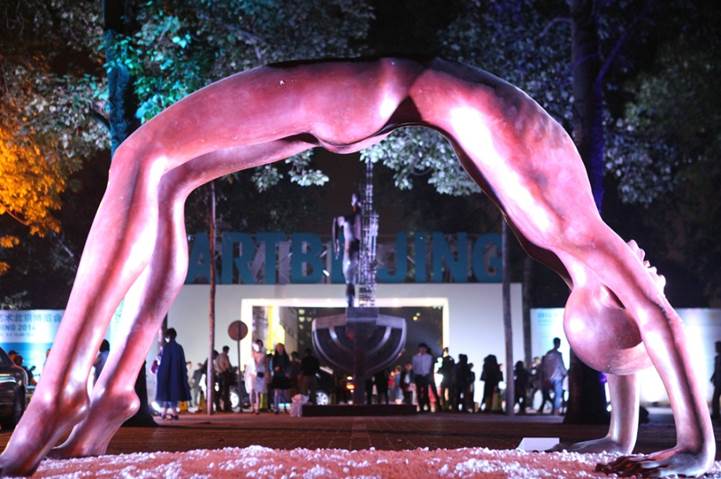
Photo courtesy of Art Beijing 2014
Art vultures and those who simply admire art will both be impressed by China's appreciation, engagement and variety of art, a fascination of Chinese society that only seems to be growing.

If books like Professor Campbell’s “China Study” are to be believed, over the past thirty years nutrition has been underfunded and overlooked by western medicine. By contrast in China the nutritional precepts of traditional medicine remain highly prevalent in contemporary life. For many generations Chinese doctors have categorized foods according to their properties in order to analyze their dynamic impact with the human body, and as a result Chinese people will commonly discuss these issues in their daily life. Over lunch with a Traditional Chinese Medical doctor, you will have the opportunity learn the tested principles of a healthy diet, including the energies of foods, the flavors and directions of foods, the key differences in Eastern and Western nutritional therapy and how to eat with the seasons.
Note: This Imperial Moment is only available now through July 2015 for visits in Beijing.

Three Michelin Star Chef Alain Passard
Rather than slaving over a Thanksgiving feast this year, wouldn’t you prefer to have sumptuous dinners with not one, but two separate Michelin 3 star chefs…in China?
Imperial Tours is offering a 6-night private culinary adventure through Shanghai and Hangzhou Nov 25 – Dec 1, 2014 in conjunction with the Park Hyatt Shanghai's annual "Masters of Food and Wine" event.
Highlights include:
• VIP airport meet and greet including Diplomatic Channel access
• 4 Nights at the Park Hyatt Shanghai
• 2 Nights at the Four Seasons Hangzhou
• Exclusive privately guided tours of Shanghai and Hangzhou
• Floral design master class with celebrity florist Yuji Kobayashi and master florist Jackey Wu
• Gala dinner presented by 3 Star Michelin celebrity chef Yannick Alleno of Cheval Blanc Courcheval
• Master baijiu (a Chinese distilled liquor) class with Chinese wine master Biao Zhuo
• Gala dinner hosted by 3 Star Michelin chef Alain Passard from L'Arpege
Click here for a full itinerary based on two people traveling: Masters of Food & Wine.
High end foodies will not want to miss this trip! We can customize this itinerary in any way to suit your needs, interests and number of travelers. For a slightly longer itinerary, why not pair it with some holiday shopping in either Shanghai or Beijing? Coincidentally, November also happens to be Wine & Dine month in Hong Kong, so that could also be a terrific add on.
For more information or to book the trip, please contact Priscilla Tan.